Bringing the alpine cows home
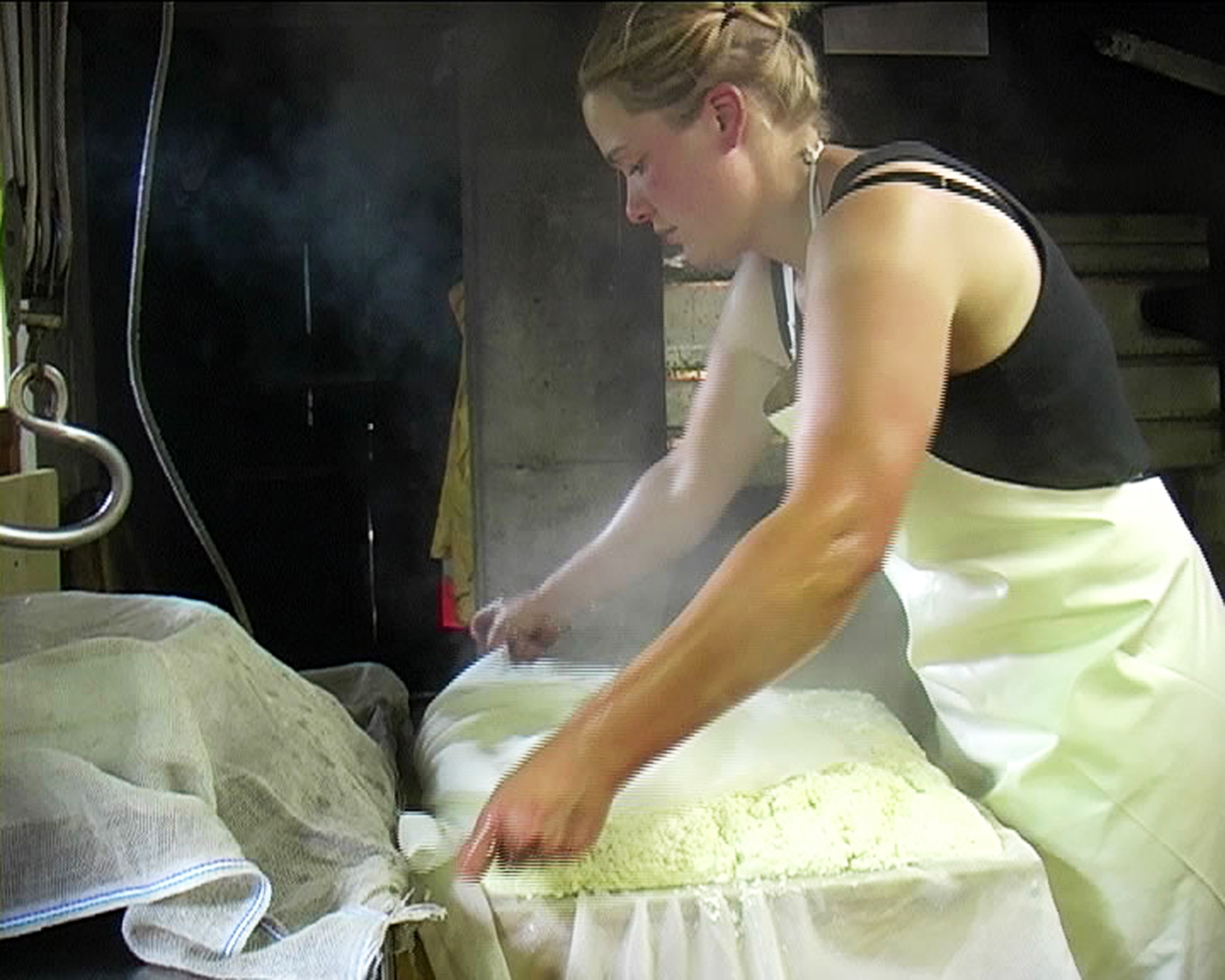
Following ancient tradition, thousands of alpine herdsmen and women move their cows, pigs, sheep or goats to the top of the Alps at the advent of summer.
But contrary to popular myth, this work is no longer the province of a bearded Swiss toiling in the mountains.
Increasingly, alpine herding is being taken on by people from neighbouring countries, who now account for about a third of the workforce.
Sarah Fasolin, a Swiss who spent three summers between 2003 and 2008 working as a herdswoman in the Bernese Alps, described a typical day.
“The day begins early, at five. First you bring the cows in from the field, milk them and let them out. Then you start with the cheese making, which lasts until about noon. After that you clean out the stalls, then turn and work the 8-13kg wheel of cheese in the cheese cellar,” she told swissinfo.ch.
“Then it’s time to check on the cows, now far up the mountain, bringing them down around 4pm. They need to be milked a second time and let out of the stalls, which then need to be cleaned. Afterwards, you feed the pigs. At around 8pm, or later, you’re finished with work.”
Fasolin, struck by how many of her fellow herders were non-Swiss, soon realised that Swiss farmers were finding it difficult to recruit summer help and that willing hands from elsewhere were increasingly stepping in to fill the void.
Imported labour
“I was astonished, because I had naively presumed that this age-old tradition was maintained solely by Swiss,” she said.
Nowadays, though, Swiss cheese is just as likely to be made by a German teacher as by a Heidi grandfather-type – though the milk is still 100 per cent from Swiss cows.
Fascinated, Fasolin decided to capture the phenomenon of an authentic Swiss industry being propped up by imported labour. Focusing on the relationship between the Swiss farmers and their foreign herders, she spent a summer filming on the Oltscherenalp and the Balisalp in the Berner Haslital.
The end result was a film, “The Cheese Makers”, which she submitted for her Masters degree in social anthropology.
Dwindling families
In days gone by, when Swiss had larger families, its younger members would go up into the Alps in summer to care for the cows and make cheese. The rest of the family would stay in the valley, harvesting wheat and bringing in hay for winter.
As families became smaller, younger members also began to leave the mountain valleys to take on other, often better-paid, work. Ever since the 1970s, the Alpine economy has found itself in a crunch, bereft of the necessary manpower. The demand for outside help in summer continues to increase.
A diverse lot, workers hail from Germany, Austria, Italy and even Poland. Some are single, while others are couples or young families. All come to the Swiss Alps for between two to three months to take on this strenuous work at a modest salary.
“The two worlds clash,” Fasolin explains, because of the completely different backgrounds and ways of communicating. A further hurdle – in addition to the bureaucracy – is the language.
False expectations
Above all, the biggest problem is the false expectations that many bring to the job.
“They know it’s going to be difficult, but they just can’t conceive of how backbreaking the work actually is, “says Fasolin, adding that there is no particular “type” that comes to the Swiss Alps.
“Some are fleeing civilisation and in need of a break, others seek closeness to nature, others prefer the company of animals to people. And still others are simply looking for a job.”
Because it is such an extreme situation, physically and psychologically, some herders simply give up, she says.
“Every day is the same, every minute is accounted for, you’re far from familiar surroundings, and you’re often alone.”
Vanishing alps
Notwithstanding the often considerable challenges, the farmers and their foreign herders manage to get along. The farmers are aware that they could not manage otherwise and have few prejudices.
However, Swiss hikers occasionally grumble about non-Swiss working at what they consider a quintessentially Swiss job.
But without these spare hands, ever more of this Alpine tradition will disappear, a process that is already underway. Fasolin believes that the hard-to-reach areas will eventually not be viable to work anymore, whereas the better-connected ones will have a future.
“There will be more and more areas that are worked together, with common dairies for cheese-making. Even further down the line the cows could be kept together and fewer milkers employed. The economy of the Alps is on the move – globalisation has also reached its far corners.”
This summer, Fasolin will once again become a cheese-making herder in the Alps.
“Up in the mountains in the morning, you see scenes that no one else would ever see. Or when it snows, or hails, or storms and you have to fetch the cows – it’s very intense and enhances what makes the Alps so alluring.”
The documentary film, “The Cheese Makers – Foreign Alpine Herders in the Bernese Oberland” was filmed in German in summer 2009 and produced in 2010 (Original title: Die Käsemacher-Ausländische Alpsennen im Berner Oberland).
Sarah Fasolin submitted her 99-minute film for her Masters degree in social anthropology. She followed Bernese farmers and their foreign herders on two of the Haslital Alps.
In October 2010 the documentary was awarded first prize at the Festival of Scientific Films in Bern. It has been shown in cinemas since 2011.
Switzerland has 7,300 Alpine enterprises. This number is continually decreasing due to consolidation and relinquishment of holdings.
In 2010, 384,988 animals were taken up the alps, the same number as the previous year: 93,000 dairy cows and 31,000 mother cows, about 260,000 cattle and calves, 4,400 horses, 29,000 goats, 180,000 sheep, 600 exotic animals such as buffalos, yaks, llamas, and 300 geese.
No records exist of how many people spend the summers on top of the alps, but it is estimated at 14,000. A third comes from abroad, predominantly Germany, Austria, and Italy.
In areas of Switzerland where many private alps exist, such as inner Switzerland or the St Gallen uplands, there are fewer non-Swiss working.
The salaries for herders and cheese makers vary widely. The recommended wages of SFr155-200 ($185-240) a day for herders and SFr135-175 a day for cheese makers are not always adhered to. Private and smaller alps cannot or do not pay these wages.
(Adapted from German by Kathleen Peters)

In compliance with the JTI standards
More: SWI swissinfo.ch certified by the Journalism Trust Initiative

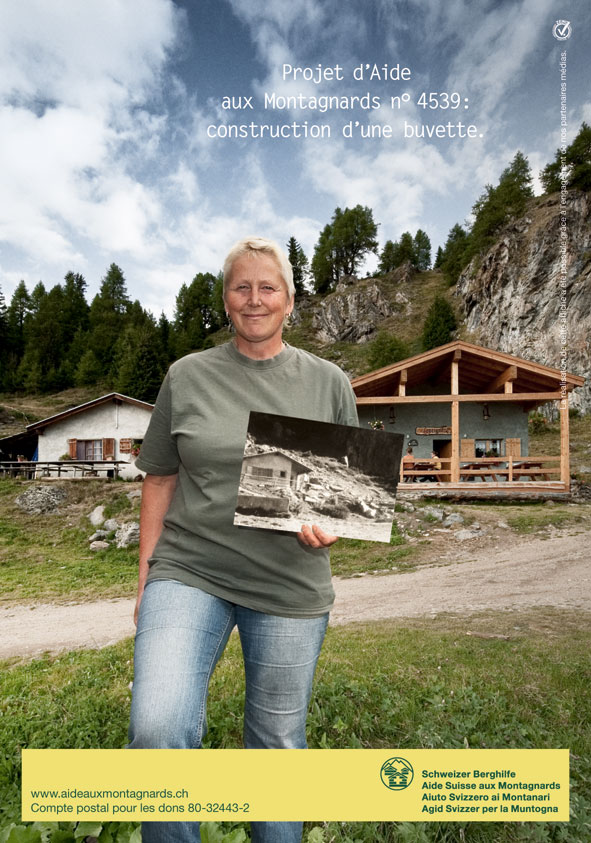
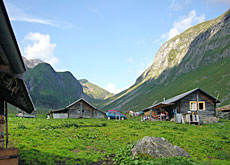
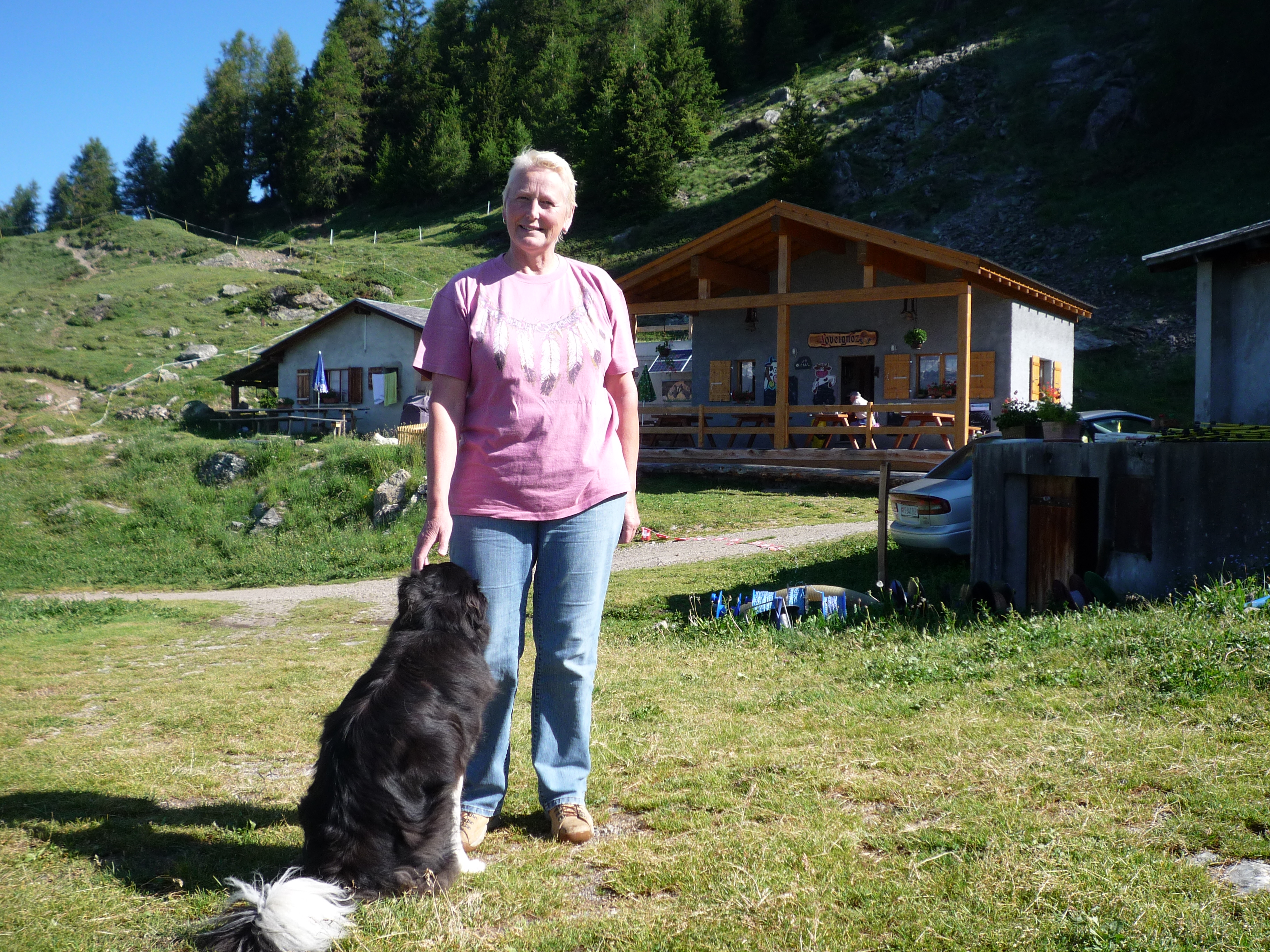

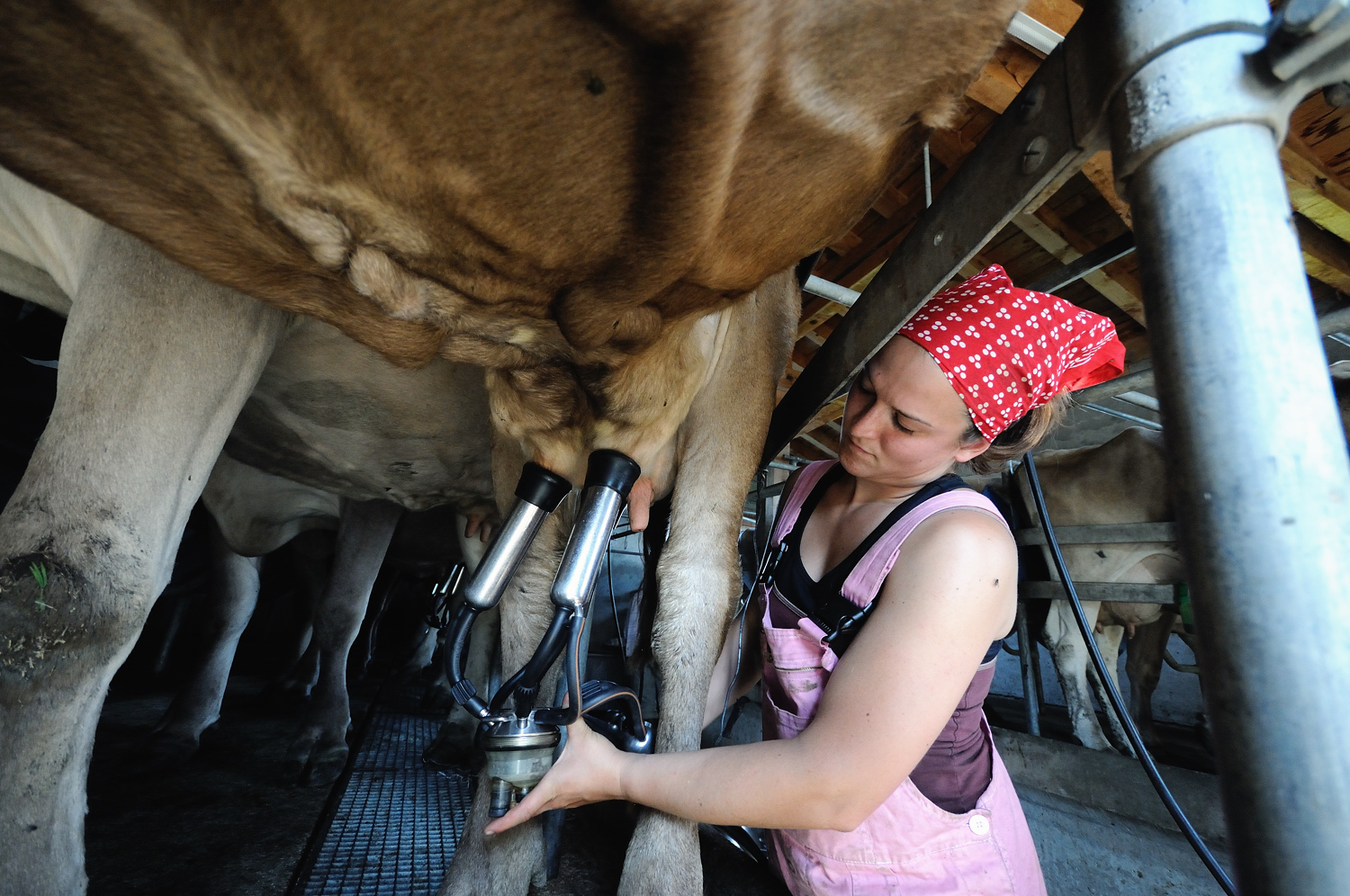
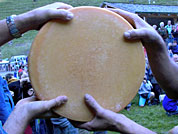
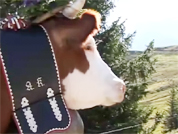
You can find an overview of ongoing debates with our journalists here. Please join us!
If you want to start a conversation about a topic raised in this article or want to report factual errors, email us at english@swissinfo.ch.